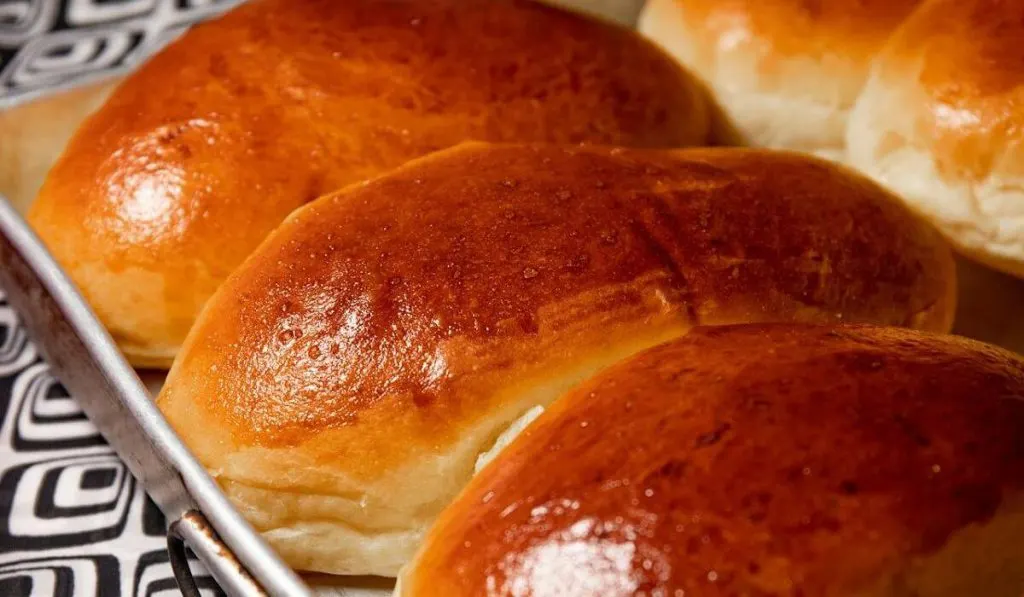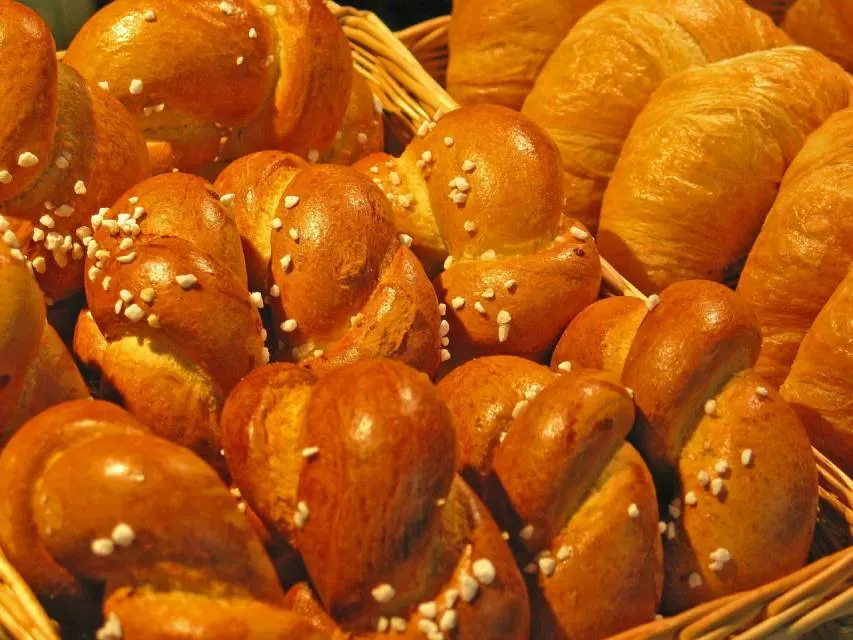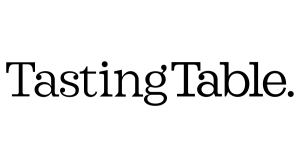
Have you ever stood in the bread aisle, perplexed by the term ‘enriched bread’? You’re not alone. This staple of American diets often leaves consumers questioning its nutritional value and how it compares to other bread types.
TL;DR Key Takeaways
- Enriched bread is a nutrient-boosted bread variety, common in the US.
- It accounts for about 31% of all bread consumption in America.
- Enriched with B vitamins and iron, it compensates for nutrient loss during processing.
- Experts like Dr. Frank Hu highlight its lower fiber and vitamin levels compared to whole grains.
- Understanding its impact on nutrition, especially in sourdough, is crucial for informed choices.
What Exactly is Enriched Bread?
The Process Behind Enrichment
Enriched bread, a staple in many American kitchens, is more than just your average loaf. It’s a product of a meticulous process where key nutrients lost during flour refining are reintroduced. The refining process, aimed at producing flour with a finer texture and extended shelf life, unfortunately, leads to the loss of natural nutrients. To counter this, nutrients like B vitamins (thiamin, riboflavin, niacin, and folic acid) and iron are added back into the flour. This process of enrichment is not just about restoring what was lost; it’s a deliberate effort to enhance the nutritional value of bread, making it more beneficial for the consumer.
The Reason for Enrichment
The rationale behind enriching bread is rooted in public health. Historically, the widespread consumption of refined bread led to noticeable deficiencies in essential nutrients, particularly B vitamins, which are crucial for energy metabolism, nerve function, and the production of red blood cells. By enriching bread, manufacturers are able to mitigate these deficiencies, contributing to a healthier population.
Enriched Bread’s Place in the American Diet
Enriched bread’s popularity isn’t just anecdotal; it’s a significant part of the American diet. The U.S. Department of Agriculture reports that enriched bread accounts for about 31% of all bread consumption in the country. This figure is a testament to its widespread acceptance and the role it plays in the daily lives of millions of Americans. It’s not just a choice of convenience or taste; for many, enriched bread is a dietary staple that bridges the gap between nutrition and affordability.
Nutritional Aspects of Enriched Bread
While enriched bread compensates for some nutrient losses, it’s important to understand its nutritional landscape. Dr. Frank Hu of Harvard School of Public Health points out a critical aspect: “Enriched white flour isn’t necessarily bad for you, but it’s not as healthy as whole grains because it lacks fiber and certain vitamins.” This statement underscores a key trade-off in enriched bread. While it does replenish certain nutrients, it doesn’t quite match the comprehensive nutritional profile of whole grains. Whole grains contain all parts of the grain kernel, including the bran, germ, and endosperm, providing a richer source of fiber and other nutrients like magnesium and selenium, which are often lost in the refining process.
The Role of Fiber
One of the major nutritional differences between enriched and whole grain bread is the fiber content. Fiber plays a crucial role in digestive health, helps regulate blood sugar levels, and is essential for maintaining a healthy weight. While enriched bread does offer nutritional benefits through added vitamins and minerals, its fiber content is significantly lower than that of whole grain bread. This is an important consideration for those looking to maximize their dietary fiber intake.
Balancing Nutrition and Preferences
For many Americans, choosing between enriched and whole grain bread involves balancing nutritional needs with personal preferences. Enriched bread offers a softer texture and a milder flavor compared to the denser, nuttier profile of whole grains. This makes it a more palatable choice for some, especially children, and a versatile ingredient in various culinary applications.
Enriched Bread vs. Whole Grains: The Nutritional Showdown
Fiber and Nutrient Content: The Core Difference
The primary distinction between enriched bread and whole grains lies in their nutritional composition, particularly in terms of fiber and certain essential vitamins and minerals. Whole grains are nutritionally superior because they retain all parts of the grain kernel – the bran, germ, and endosperm. This means they preserve their natural fiber, along with a wealth of vitamins (like B vitamins and Vitamin E) and minerals (such as magnesium, selenium, and iron). The fiber in whole grains not only aids in digestion but also plays a role in controlling blood sugar levels and maintaining heart health.
Enriched bread, on the other hand, is made from flour that has been refined, stripping away the bran and germ in the process. This results in a loss of natural fiber and nutrients. To compensate, certain nutrients like B vitamins (thiamin, riboflavin, niacin, and folic acid) and iron are added back. However, this enrichment doesn’t fully restore the bread to its original nutritional value, especially in terms of fiber and some micronutrients that are inherently abundant in whole grains.
The Glycemic Index Factor
Another aspect to consider in this nutritional showdown is the glycemic index (GI). Whole grain breads generally have a lower GI compared to enriched breads, meaning they cause a slower rise in blood sugar levels. This is particularly important for individuals managing diabetes or those mindful of their blood sugar levels.
Sourdough and Enrichment: A Special Mention
The Unique Case of Sourdough
Sourdough bread holds a special place in the world of bread due to its unique fermentation process. This natural fermentation not only imparts a distinct flavor but also enhances the bread’s digestibility and nutrient availability. The lactic acid bacteria present in sourdough can help break down phytates, which in turn increases the absorption of minerals.
Enrichment’s Impact on Sourdough
Introducing enrichment into sourdough bread can further elevate its nutritional profile. By adding back B vitamins and iron, which might be lost during the flour refining process, enriched sourdough becomes a more nutrient-dense option. This is particularly beneficial for those who rely on bread as a key component of their diet but still want the unique taste and texture that sourdough offers.
Balancing Tradition and Nutrition
However, it’s important to balance the traditional aspects of sourdough with the benefits of enrichment. Purists might argue that enriching sourdough takes away from its artisanal quality, while nutritionists might emphasize the added health benefits. The choice ultimately depends on individual preferences and dietary needs.
The Benefits of Enriched Bread
Despite some nutritional shortcomings compared to whole grains, enriched bread offers several benefits:
- Nutritional Boost: Adds vital nutrients back into the diet.
- Versatility: Suitable for various culinary applications.
- Taste: Maintains a familiar and appealing flavor.
The Downside: What You Need to Know
- Fiber Deficiency: Lower in fiber compared to whole grains.
- Processing Concerns: The refining process can strip away natural nutrients.

Personal Insights and Insider Tips
As an experienced enriched bread journalist, I’ve seen firsthand the evolution of bread preferences in America. Enriched bread, often overshadowed by the whole grain trend, still holds a significant place in our diets. For those looking to balance nutrition and budget, enriched bread is a viable option. Remember, moderation and variety are key in a healthy diet.
Conclusion: The Balanced Bread Approach
In conclusion, enriched bread, a familiar presence in American pantries, offers more than just convenience and taste. It plays a crucial role in supplementing diets with essential nutrients like B vitamins and iron, which are often lost during the flour refining process. While it may not boast the full nutritional profile of whole grains, particularly in terms of fiber and some vitamins, enriched bread serves as a practical and accessible choice for many households.
The popularity of enriched bread in America, accounting for about 31% of bread consumption, is a testament to its balance of nutrition, affordability, and versatility in various culinary applications. However, understanding its nutritional limitations, especially when compared to whole grains, is key for making informed dietary choices. The inclusion of enriched bread in a balanced diet, complemented by whole grain varieties, can cater to both nutritional needs and personal preferences.
For those who enjoy the unique taste and texture of sourdough, the enrichment process can enhance its nutritional value without compromising its artisanal quality. As we navigate the diverse world of bread, the key is to embrace variety and moderation. Enriched bread, with its added nutrients, remains a valuable component of a balanced diet, especially when combined with other nutrient-rich foods.
FAQs
What is enriched bread?
Enriched bread is a type of bread where nutrients lost during flour refining are added back, typically including B vitamins and iron.
How does enriched bread compare to whole grains?
Enriched bread has added nutrients but generally lacks the fiber and some vitamins found in whole grains.
Why is enriched bread popular in America?
It’s affordable, widely available, and offers a nutrient boost, making it a practical choice for many households.
Does enriched bread offer any health benefits?
Yes, it provides essential nutrients, especially for diets lacking in specific vitamins and minerals.
How does enrichment affect sourdough bread?
Enrichment in sourdough bread can enhance its nutritional value, particularly in terms of B vitamins and iron.
Is enriched bread a good choice for a balanced diet?
Yes, when consumed in moderation and as part of a diet that includes a variety of bread types, including whole grains.
Can enriched bread be part of a healthy diet?
Absolutely, especially when balanced with other nutrient-rich foods and whole grain options.
Join Us and Transform >
Don’t Be an Amateur! Master the Art of Sourdough Bread!




Sandra, your post really resonated with me! Your perspective on urban gardening is enlightening. I experimented with vertical gardening last summer, but my spinach didn’t thrive as yours did. Could it be the location or the type of spinach? 🤔 Your point about community involvement is spot on too. Maybe we could think of ways to engage children in gardening? That might foster a new generation of green thumbs. 😊 Remember, my Grandma always said, “A garden is a friend you can visit anytime”. Looking forward to your next piece!